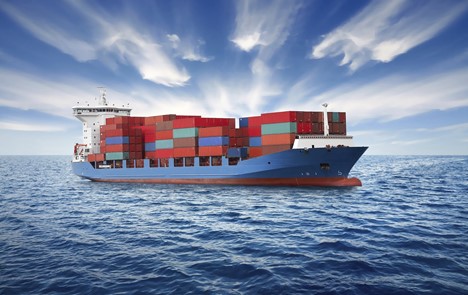
The circuitous route would take at least 15 days extra
travel for ships from Asia to European destinations and return. The costs of
containers too would go high leading to higher costs for the EXIM trade
For the first time oil cargo ships carrying
crude to Mangalore refinery has hit by drone attack in the red sea two days ago
causing fire. The ship however managed to leave the area unscathed.
Frequent attack on ships had forced leading
shipping companies like MaeskHapag Lloyd, Mediterranean shipping company
British petroleum to divert their vessels from the cost effective red sea
route. They are now taking a longer
route going around the Cape of Good Hope, which is typically used for bulk
cargo.
Shipping industry sources said that the
charter cost for a ship, which works out to around 60,000 US dollars a day will
rise as an additional 15 days will be required, which could jack up container
costs 1.5 to two times to 2,000 US
dollartsa container for the India-Europe route. While the impact on freight
rates has not shown up in a significant way just yet, businesses are expecting
an increase.
"The challenges in shipping logistics,
owing to increasing attacks on ships, is likely to push freight and insurance
costs and add to already high uncertainties in the global trade. We hope
disruptions can be addressed quickly with coalition patrolling in the Red Sea
and rule of law prevailing in international water," AjaySahai, director general, Federation of
Indian Export Organisations (Fieo) was quoted by media reports.
Though the United states mooted the idea of
joint patrolling of the red sea channel the move has suffered a setback due to
cold shouldering by Saudi Arabia which has a long coastal border in the red sea
channel.
India is heavily reliant on this route for
trade and energy imports, and faces increased costs and security risks, and efforts are needed to diversify trade
routes and enhance regional maritime security cooperation according to Global
Trade Research Initiative GTRI.
"India may have to work to diversify
its energy import so that it is less reliant on the Bab-el-Mandeb Strait. This
includes increasing imports from other countries in the Persian Gulf, Africa,
and Central Asia," the report said, adding that nearly 30% of the
container traffic is routed through this strait.